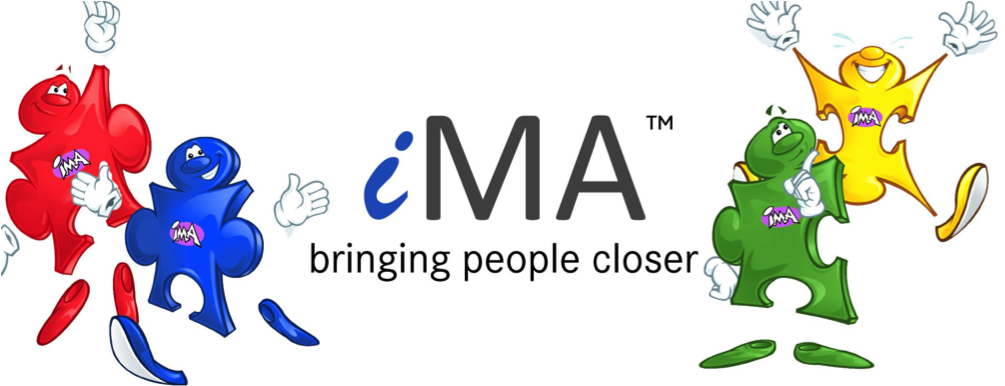Discover 7 practical ways to present with eloquence and confidence at work. Learn how to speak with clarity, connect with your audience, and deliver messages that inspire action.
Why Eloquence Matters in the Workplace
In the modern workplace, great ideas alone are not enough, it’s how you communicate them that sets you apart.
Whether you are pitching a project, leading a meeting, or sharing insights with your team, your ability to present with eloquence can shape how others perceive your credibility, confidence, and leadership.
Eloquence is not about fancy language or perfect grammar. It is about speaking with clarity, purpose, and connection — so your message resonates and inspires. If you want to strengthen these skills even further, you may find Ashley Boroda’s public speaking courses in London helpful.
Here are seven powerful ways to do exactly that.
1. Know Your Message and Own It
Before you can speak eloquently, you must know exactly what it is you want to say.
Ask yourself the following:
a.) What is my main message?
b.) Why does it matter to my audience
c.) What action or understanding do I want to inspire?
Clarity is confidence. When you are sure of your purpose, your delivery feels authentic and natural.
2. Start with Structure
A structured message helps your audience follow your thinking and keeps you calm under pressure.
Use this simple framework for any workplace presentation:
a.) Set the scene and share why it matters.
b.) Key Points (3 max): Support each with evidence or examples.
c.) Summarise and end with a clear takeaway.
Good structure equals good flo and good flow makes you sound effortlessly eloquent.
3. Speak Clearly and Simply
True éloquence is not about using big words. It’s about making big ideas sound simple.
Avoid jargon and complicated phrasing. Use everyday language that your audience can immediately understand.
The more accessible your words, the more powerful your message becomes.
4. Master Your Voice and Pace
Your voice is your most versatile presentation tool.
To sound eloquent and engaging:
a.) Vary your tone to emphasise key points
b.) Pause for effect after important statement
c.) Slow down, rushing kills impact.
d.) Lower your volume slightly when making a serious point
Think of your voice like music, it needs rhythm and contrast to hold attention.
5. Use Confident Body Language
Words make up only part of communication. Your body, face, and posture say the rest.
To present with poise and credibility:
a.) Stand tall with open posture
b.) Maintain natural eye contact
c.) Use purposeful gestures (avoid fidgeting)
d.) Smile genuinely when appropriate
Strong body language reinforces your message — and helps your audience trust your confidence.
6. Tell Stories That Connect
Eloquence is not just about speaking well it’s about being remembered.
And nothing makes messages stick like a good story.
Use short, relevant stories to:
a.) Illustrate a key point
b.) Humanise data
c.) Show vulnerability and authenticity
People will forget your slides, so do not use them. However, people will remember your story.
“Facts tell. Stories sell.”
7. End with Purpose and Power
Your final moments should leave a lasting impression.
Wrap up by:
a.) Reinforcing your key message
b.) Summarising benefits or next steps
c.) Closing with a quote, call to action, or challenge
Eloquence is not about sounding perfect. It is about making your message impossible to forget.
Final Thought
Presenting with eloquence is a skill, one built on preparation, empathy, and authenticity.
When you know your message, simplify your language, and connect emotionally with your audience, you do not just deliver information you deliver influence.
Because eloquence is not about speaking beautifully. It is about making people want to listen.




